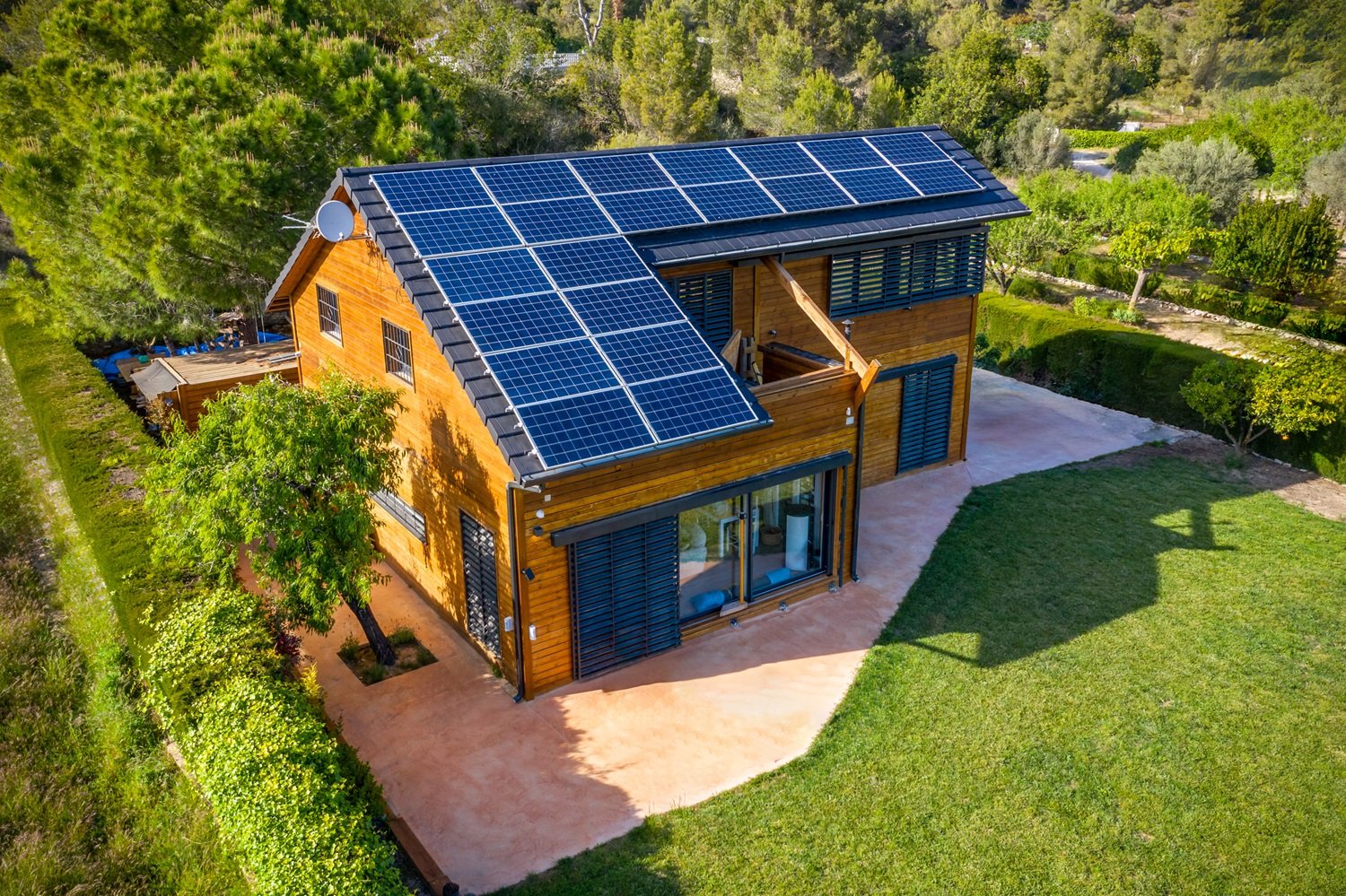
Get matched with top ducts & vents installers and replacers in your area
Enter your zip and get matched with up to 3 pros
Matching on HomeAdvisor


Ducts & vents installers and replacers in New-athens
No results for Ducts & Vents - Install or Replace in
Try adjusting your search criteria.Ducts & vents installations and replacements FAQs
Most ductwork lasts between 15 and 25 years. Sheet metal ducts can last even longer—up to 30 to 50 years. The lifespan of your ductwork depends on factors like the quality of the materials, how well it's maintained, and the environment it's in. As ducts get older, you might notice deterioration and decreased performance. Regular inspections and proper maintenance can help your ducts last longer and keep your HVAC system running efficiently.
If you're looking for options that don't require ductwork, consider ductless mini-split systems. These systems are becoming increasingly popular because they require minimal installation. With multiple indoor air handlers and at least one outdoor compressor unit, mini-splits use heat pump technology to heat or cool your home through refrigerant lines. While mini-splits cost more upfront than traditional systems, they offer superior efficiency, zoning flexibility, and other advantages that can save you money in the long run.
Undersized ductwork restricts airflow, leading to uneven temperature distribution, strain on HVAC equipment, and other problems. Oversized ductwork similarly hurts HVAC efficiency and causes poor temperature distribution or consistency. In either case, improper ductwork sizing results in increased maintenance needs, more frequent repairs, higher operating costs, and a reduced lifespan for HVAC equipment.
You can replace only a portion of your ductwork when certain sections show issues while other areas remain sound. Targeted replacement is a cost-effective solution that focuses on problematic duct sections only. By addressing only the damaged segments, homeowners lower material and labor costs while still enhancing airflow. Partial replacements maintain system balance, protect well-functioning ducts, and minimize disruption during renovations.
Duct cleaning is a viable option to maintain your duct system when significant damage, leaks, or mold are not present. Routine cleaning improves airflow and indoor air quality. Removing accumulated dust, allergens, and debris restores efficiency and reduces energy loss. Homeowners observe improved HVAC performance and healthier living spaces without the need for complete duct replacement if the ducts are structurally sound.





- Birmingham
- Phoenix
- Tucson
- Fresno
- Long Beach
- Los Angeles
- Modesto
- Sacramento
- San Diego
- San Francisco
- San Jose
- Denver
- Hartford
- Washington DC
- Fort Lauderdale
- Jacksonville
- Miami
- Orlando
- Tampa
- Atlanta
- Chicago
- Indianapolis
- Louisville
- New Orleans
- Baltimore
- Boston
- Detroit
- Grand Rapids
- Minneapolis
- Saint Paul
- Kansas City
- Saint Louis
- Las Vegas
- Albany
- New York
- Asheville
- Charlotte
- Greensboro
- Raleigh
- Winston Salem
- Cincinnati
- Cleveland
- Columbus
- Oklahoma City
- Portland
- Harrisburg
- Philadelphia
- Pittsburgh
- Providence
- Memphis
- Nashville
- Austin
- Dallas
- El Paso
- Fort Worth
- Houston
- San Antonio
- Salt Lake City
- Norfolk
- Richmond
- Virginia Beach
- Seattle
- Madison
- Milwaukee



